

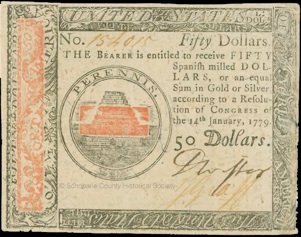
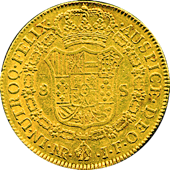
Historians and economists have devised many complicated formulas for determining the modern equivalent of historical money references. The fact that there are so many illustrates how difficult it is to ensure real accuracy. But there is an easier way!
How much MONEY IS THAT?
A virtual exhibit based on the coins, currency and documents at the Old Stone Fort Museum
Pulitzer Prize-winning historian Barbara Tuchman wrote in her introduction to The First Salute in 1988, “Money, that is, the value of a foreign currency in the late 18th century, or its equivalent to a better-known currency or to our own in contemporary terms, is of course a perennial problem in all historical studies. ...I advise the reader not to worry about the problem but simply to think of any given amount as so many pieces of money.”
Principle #1: “Another day, another dollar.”
For 200 years from the early 1700s until World War I, an unskilled laborer’s wage in America averaged a dollar a day. Some earned more, many earned less, and this applies only to adult males working 10-12 hours, six days a week. But as a documentable assumption, it provides a stable basis for comparison to today’s wages and buying power. MORE INFO

Principle #2: Doubloons, pieces of eight and the King’s shilling—Aaarrrgh!
International trade was thriving by the 18th century. Despite the variety of names, precious metal coins of similar size and weight had similar values on both sides of the Atlantic. How else could illiterate pirates have divided up the treasure without a fight? “One big silver piece for me, one for you; two small silver pieces for me, two for you.” MORE INFO
In Ebenezer Scrooge’s counting house . . .
Of course, merchants knew very well the exact exchange rates in money of account between the various countries and cities. They had tables listing what each coin should be worth and sets of coin weights to verify the full value of each one that they accepted in trade. Much of this information can be still be found today, and a bit of it appears in this web site - but we’ll leave those details to the economic historians! MORE INFO
Not Modern Collectible Value
This is a quick-reference way of estimating historical buying power of various amounts of money without needing a computer or even a calculator.
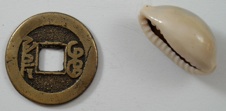
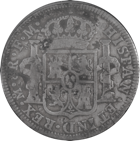
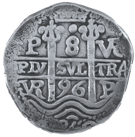


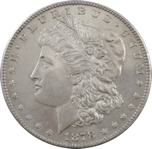


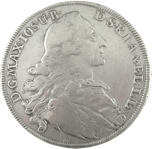










Estimating . . .
Was that a lot of money, or a little? No computer needed - nor even a calculator! You can figure this out (roughly) in your head while reading or even while watching a historical movie.
